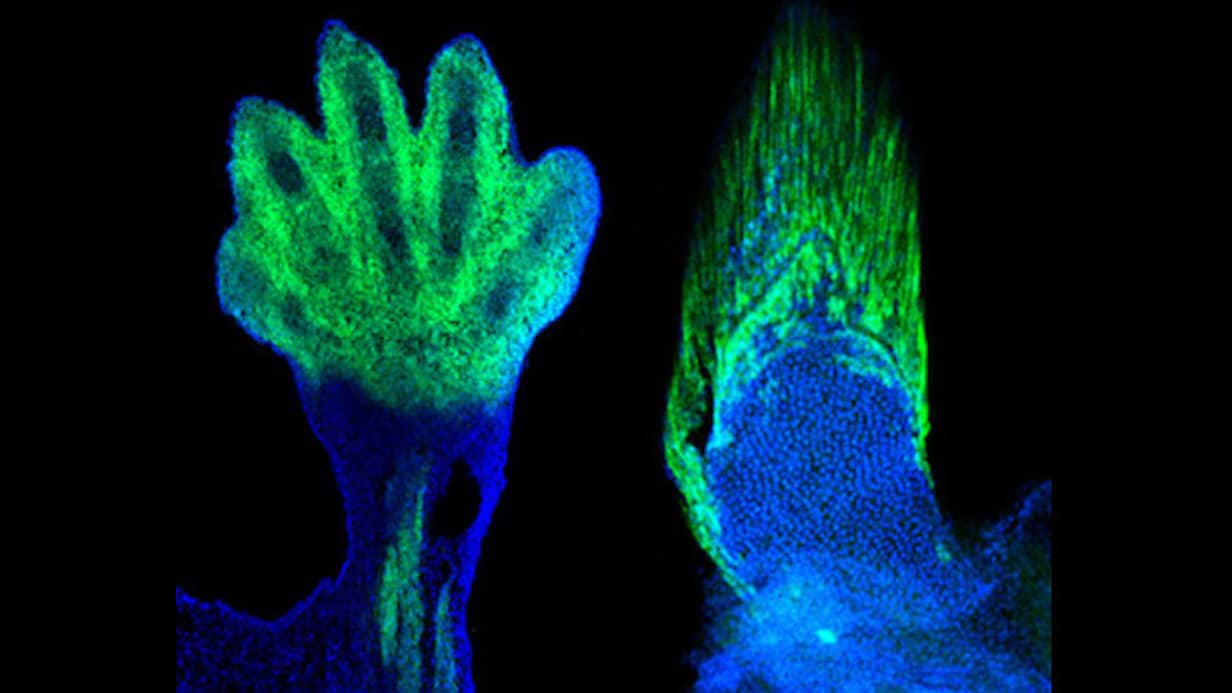
Scientists believe that many millions of years ago, our aquatic ancestors made the leap from inhabiting the oceans to living on dry land, marking the evolution of the first four-limbed vertebrates known as tetrapods. Although the tetrapods that inhabit the Earth today – including humans – possess fragments of this aquatic past deep in the genetics that make up their bodies, researchers are still struggling to determine how fish developed limbs in the first place. Now, a new study by University of Chicago researchers furthers our understanding of this evolution by shedding light on the relationship between fish fins and fingers.
via New Atlas





